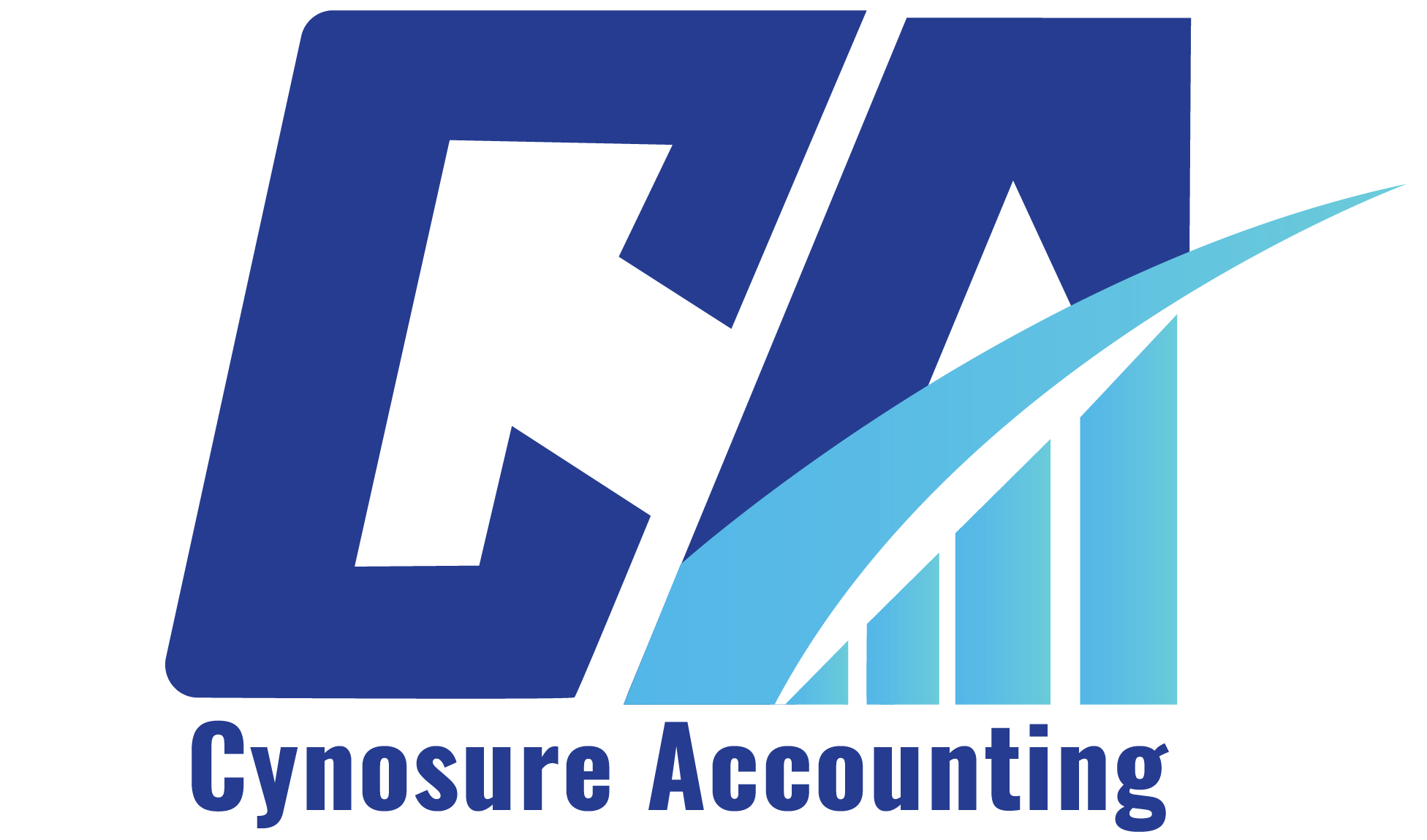Managing payroll taxes across multiple states can be complex due to varying tax laws, withholding requirements, and compliance regulations. Businesses must navigate different state income tax rules, unemployment insurance contributions, and local payroll taxes to avoid penalties and ensure smooth payroll processing. This guide provides a comprehensive overview of multi-state payroll tax compliance, covering key considerations, common challenges, and best practices for staying compliant. Whether handling a remote workforce or expanding into new jurisdictions, understanding these payroll tax requirements is essential for maintaining compliance and avoiding costly mistakes.
Understanding Multi-State Payroll Tax Compliance
Managing payroll taxes across multiple states presents unique challenges for businesses. Each state has its own tax laws, withholding requirements, and regulations. Employers must ensure compliance to avoid fines and disruptions to their payroll operations.
Why Multi-State Payroll Tax Compliance Matters
Non-compliance with state tax laws can result in hefty penalties, audits, and legal issues. Businesses operating in multiple jurisdictions must navigate varying rules for wage withholding, unemployment insurance, and state income tax.
Key Considerations for Multi-State Payroll Tax Compliance
1. Identifying Tax Obligations in Each State
Before processing payroll, employers must determine their tax obligations in each state where employees work. This includes:
- State income tax withholding: Some states require income tax withholding, while others do not.
- Unemployment insurance contributions: Employers must register with the appropriate state agency.
- Local taxes: Some cities impose additional payroll taxes.
2. Understanding State-Specific Tax Laws
Each state has its own payroll tax laws. Employers should stay updated on:
- Withholding rates
- Tax filing deadlines
- Reciprocal agreements between states
Using reliable payroll tax software or working with a professional employer organization (PEO) can help maintain compliance.
Navigating Payroll Tax Withholding Across States
1. Determining the Employee’s Tax Residency
An employee’s tax residency impacts payroll tax obligations. Consider:
- Domicile vs. work location: Employees may live in one state but work in another.
- Reciprocal agreements: Some states have agreements allowing employees to be taxed only in their home state.
- Remote work considerations: Remote employees may trigger tax liabilities in multiple states.
2. Withholding State Income Tax
Employers must correctly withhold state income tax based on where the employee works and lives. To ensure accuracy:
- Register with state tax agencies where employees are located.
- Use payroll software to track tax rates.
- Stay compliant with multi-state tax withholding laws.
Handling Unemployment Insurance Across Multiple States
1. State Unemployment Insurance (SUI) Requirements
Employers must pay unemployment insurance (UI) taxes based on where employees work. Steps to ensure compliance:
- Identify the correct state for UI tax contributions.
- Register with the appropriate unemployment insurance agency.
- Report wages and file UI taxes on time.
2. Working with a PEO or HR Software
Using a human resource management system (HRMS) or professional employer organization (PEO) simplifies compliance by handling tax filings and employee classifications.
Common Challenges and Solutions
1. Managing Remote Workers’ Payroll Taxes
Remote work has increased payroll tax complexities. Employers must:
- Determine where remote employees create tax obligations.
- Adjust payroll systems to accommodate multiple state tax rates.
- Consult with tax professionals for compliance guidance.
2. Keeping Up with Changing Tax Laws
Tax regulations frequently change. Employers should:
- Monitor updates from the American Payroll Association and state tax agencies.
- Use an HR information system (HRIS) for automated tax updates.
- Train HR teams to understand compliance requirements.
Best Practices for Multi-State Payroll Compliance
1. Implement Payroll Software
A robust payroll tax software ensures accurate calculations and timely filings. Look for features like:
- Automated tax rate updates
- Multi-state payroll processing
- Compliance alerts
2. Work with Tax Professionals
HR teams should consult payroll tax experts or PEO services to navigate complex regulations.
3. Regular Compliance Audits
Perform periodic audits to ensure:
- Payroll systems align with tax laws.
- Taxes are withheld and reported correctly.
- Employees are classified correctly.
Multi-state payroll tax compliance requires attention to detail, continuous monitoring, and the right technology. By staying informed, using HRMS solutions, and consulting with tax professionals, businesses can avoid compliance pitfalls and ensure smooth payroll operations across multiple states.

